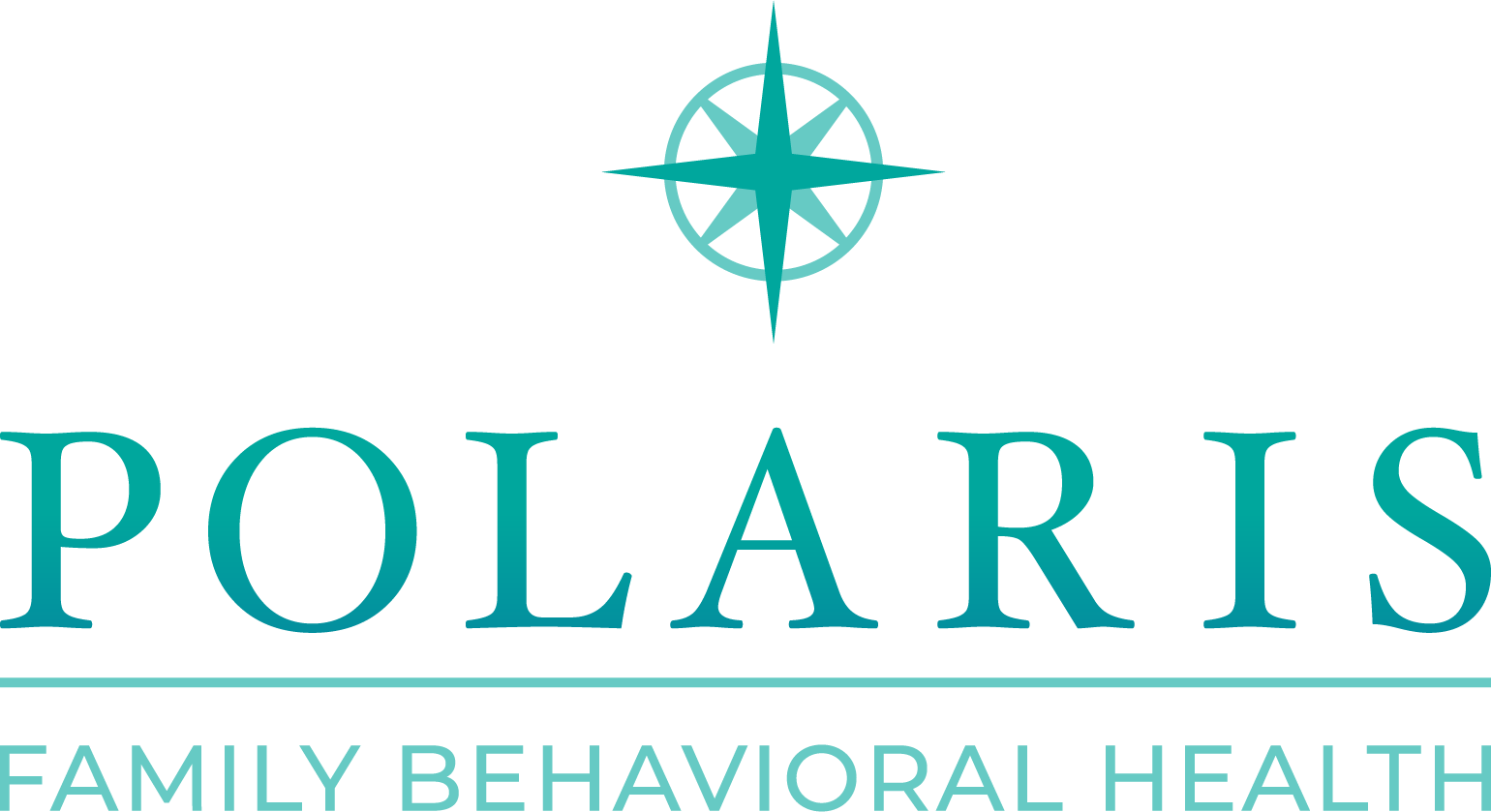What We Treat
Obsessive Compulsive Disorder (OCD) – OCD is characterized by the presence of obsessions and compulsions. Obsessions are thoughts, urges, or images that are intrusive or unwanted, while compulsions are the rituals or repetitive behaviors that the person feels compelled to perform to alleviate the anxiety and distress caused by the obsessive thoughts or urges. There are various themes to these obsessions including germs, symmetry, forbidden or taboo thoughts, or harm. Compulsive behaviors may take the form of panic symptoms, avoidance, feelings of disgust, or a difficulty with feelings of incompleteness, as well as a variety of behaviors occurring in response to the specific obsession. While the obsessions and compulsions may be stable, they also may change. They are especially likely to be variable. Research has demonstrated that Exposure and Response Prevention is one of the best ways to treat OCD.
Generalized Anxiety Disorder (GAD) – When a person has persistent and excessive worry about a wide variety of different things, they may have GAD. This worry may be about things that would cause most people to be a bit upset, but for a person with GAD, the worry is excessive and out of control. This worry interferes with a persons day-to-day ability to function.
Body Dysmorphic Disorder (BDD) – Many people have part of their body they dislike, but for about 1 out of 50 people, this distress is more than just discomfort, it is extreme distress. They see that part of their body, and find the imperfection intolerable. These people see and think about it daily for extensive periods of time and it causes extreme distress. For these people, their desire to fix this perceived flaw has become a problem, and has started to interfere with their life. Often, individuals with BDD must complete compulsive activities in order to feel they may be able to function. They may even find that they avoid various activities in which they want to participate because of their discomfort with this perceived flaw.
Separation Anxiety – When a person develops strong fear or distress when parted from a loved one – often a parent or caregiver – and this fear or distress interferes with a person’s day to day living, they may have Separation Anxiety. Often, the fear or distress takes the form of a specific worry, such as fear that something will happen to that parent or caregiver.
Specific Phobias – Specific phobias are strong fear reactions to specific items, such as snakes, spiders, or tests, that get in the way of one’s ability to get through the day. For example, this may be a fear of tests that is so strong, the fear causes a person to have trouble focusing and thinking about the test that the score is lower than their actual ability.
Stress – Sometimes people find that stress and anxiety, often as a result of internal pressures, interferes with their ability to function. It is easy to put high expectations on oneself, and kids and teens are especially prone to this.
